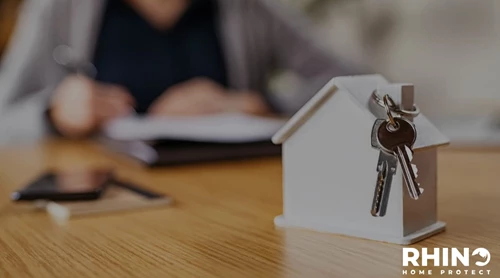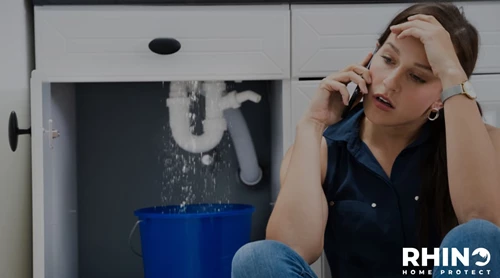What can I actually afford?
For the most part, this will be a blog written in real-time, i.e. as and when things happen to us during the house buying process. Check out the first blog post in this series here. However, I have to backtrack a few years to when we decided to buy a house and how we came to understand our position and what we faced going forward.
N.B. The salary figures used here aren't our actual salaries.
To begin with, we looked into what a mortgage lender would lend us. This helped give us an idea of the properties we could actually afford and the amount we'd be looking to save. And whilst we all have a dream property in mind, whether that's a gorgeous Georgian townhouse or a penthouse overlooking a city, the reality is somewhat different!
When it comes to working out what a mortgage lender is willing to lend you, a basic rule of thumb is to multiply your salary before tax by four and a half. For example, our household income (the income of myself and my partner) is £55,000, which means that we would be offered something in the region of £247,500.
It's worth pointing out at this stage that £247,500 is the maximum that a lender would be willing to lend. That doesn't mean that we had to spend that amount to buy a house.
We knew that we wanted to put down a 10% deposit. And with a roundabout figure on what a lender would be willing to lend, we had an initial savings target of around £25,000.
However, despite the deposit being the most significant amount of money to be put down on the property, it isn't the only thing we would need to be saving for.
There are conveyancing fees, survey fees, legal fees and removal costs, to name a few. Which? report that it can cost an additional £2000+ on top of your deposit to move.
Along with this, we'd need to factor in our Stamp Duty Land Tax (SDLT) costs.
As mentioned in our first blog post, I am not a first-time buyer. However, the rented property I live in is classed as my main residence. As my main residence isn't being sold, I don't have to pay the higher Stamp Duty rate. Instead, the standard rate will apply.
For the first £125,000 of the property's purchase price, there is no Stamp Duty to pay, but from £125,001 up to £250,000, 2% must be paid. For example, if the property costs £230,000, Stamp Duty costs would be £2,100.
N.B. First-time buyers do not pay Stamp Duty on properties under £300,000.
As you can see, the additional costs keep mounting. All of this is before we factor in furnishings and fixtures when we come to actually own a property.
However, furnishing a house after buying is proving ever more difficult for buyers. According to Aldermore, 52% of home buyers had to leave their house empty in the first few months after buying because they couldn't afford to furnish it.
It's up to you whether you want to factor in future furnishings to your savings goal. It was our decision not to do that for several reasons;
- We have furniture that's ours where we live.
- Our savings goal is high enough without factoring this in.
- We'll have more money available when we move as our proposed mortgage payments will be cheaper than our rent.
- Credit cards.
The dream of the gorgeous Georgian townhouse died somewhat on the day all of this was worked out. And whilst sad, it did bring far more clarity on what we could actually afford.
Rhino Home Protect specialise in Home Buyers insurance and Home Sellers insurance to help customers throughout the process of buying or selling their property. Please get in touch if you are interested in learning more about any of our products.



